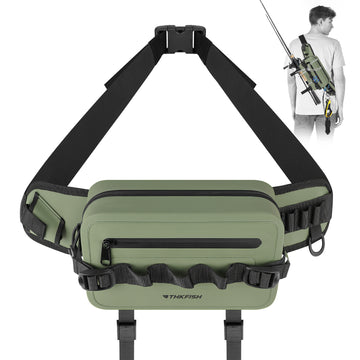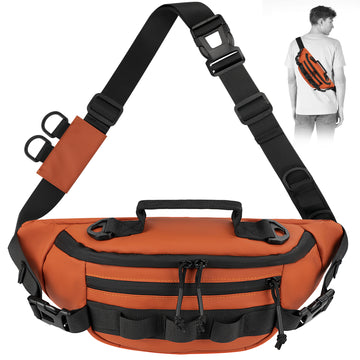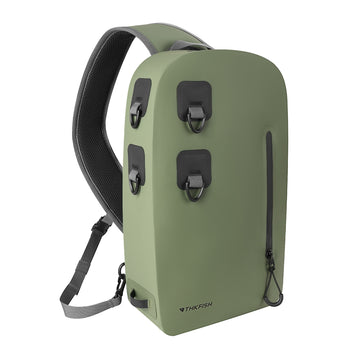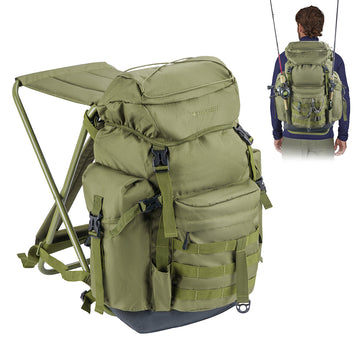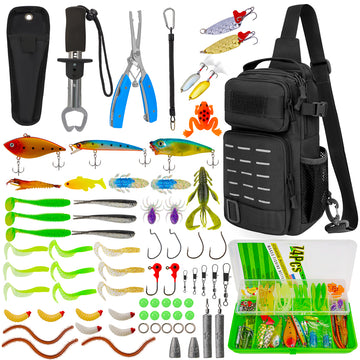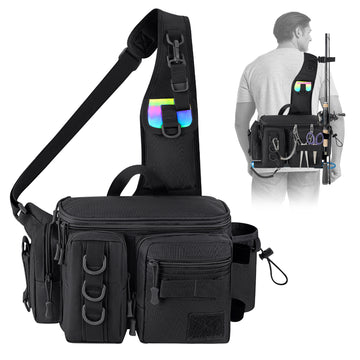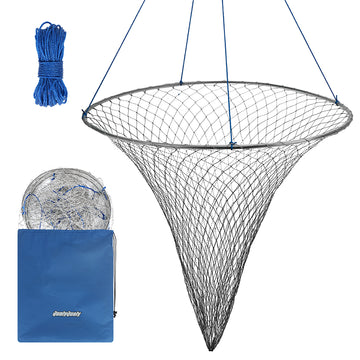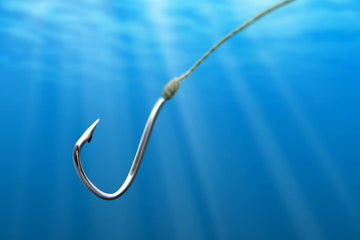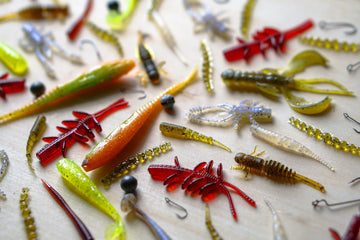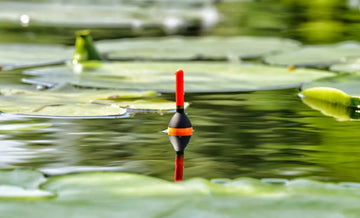
When it comes to fishing, having the right equipment is essential. One often overlooked but crucial piece of gear is the fishing float. In this blog post, we will dive into the world of fishing floats, exploring their purpose, types, and how they can improve your fishing experience.
What is a Fishing Float?
A fishing float, also known as a bobber or a cork, is a buoyant device that is attached to a fishing line. Its main purpose is to suspend the bait at a specific depth in the water and indicate when a fish bites. Fishing floats come in various shapes, sizes, and materials, each serving a specific function.
Types of Fishing Floats
1. Fixed Floats: These are the most common type of fishing floats. They are permanently attached to the fishing line and cannot be adjusted. Fixed floats are ideal for fishing in calm waters or when targeting specific depths.
2. Sliding Floats: Unlike fixed floats, sliding floats can move freely along the fishing line. They are adjustable, allowing you to change the depth at which your bait is suspended. Sliding floats are great for fishing in different water depths or when using live bait.
3. Popping Floats: Popping floats are designed to create a popping or splashing sound when jerked. This action mimics the movement of injured prey, attracting predatory fish. Popping floats are commonly used in saltwater fishing.
Advantages of Using Fishing Floats
1. Improved Bite Detection: Fishing floats provide a visual indication when a fish bites, making it easier for anglers to detect even the slightest nibble.
2. Presentation Control: By adjusting the depth at which your bait is suspended, you can effectively target specific fish species that inhabit different water layers.
3. Reduced Snagging: Fishing floats can help keep your bait above underwater obstacles, reducing the chances of getting snagged.
Choosing the Right Fishing Float
When selecting a fishing float, consider the following factors:
1. Water Conditions: The type of water you are fishing in, such as still water or flowing rivers, will determine the size and shape of the float you should use.
2. Targeted Fish Species: Different fish species have different feeding habits and preferences. Research the species you are targeting to choose the appropriate float.
3. Bait Type: The type and weight of bait you are using will affect the buoyancy requirements of your fishing float.
In Conclusion
Fishing floats are an essential tool for any angler. They provide improved bite detection, presentation control, and reduced snagging. By understanding the different types of fishing floats and choosing the right one for your fishing conditions, you can enhance your fishing experience and increase your chances of success. So next time you head out to the water, don't forget to bring along your trusty fishing float!
